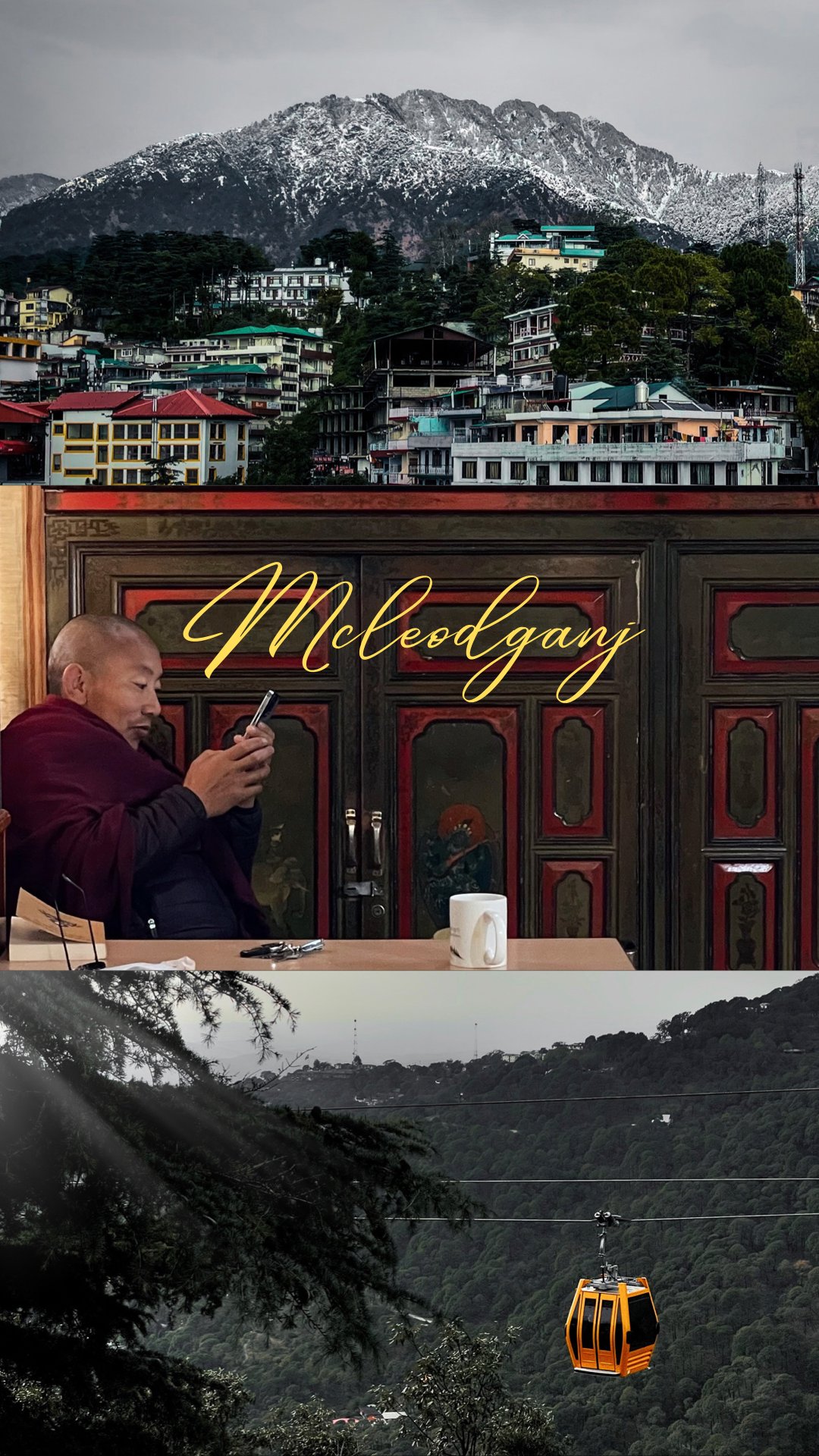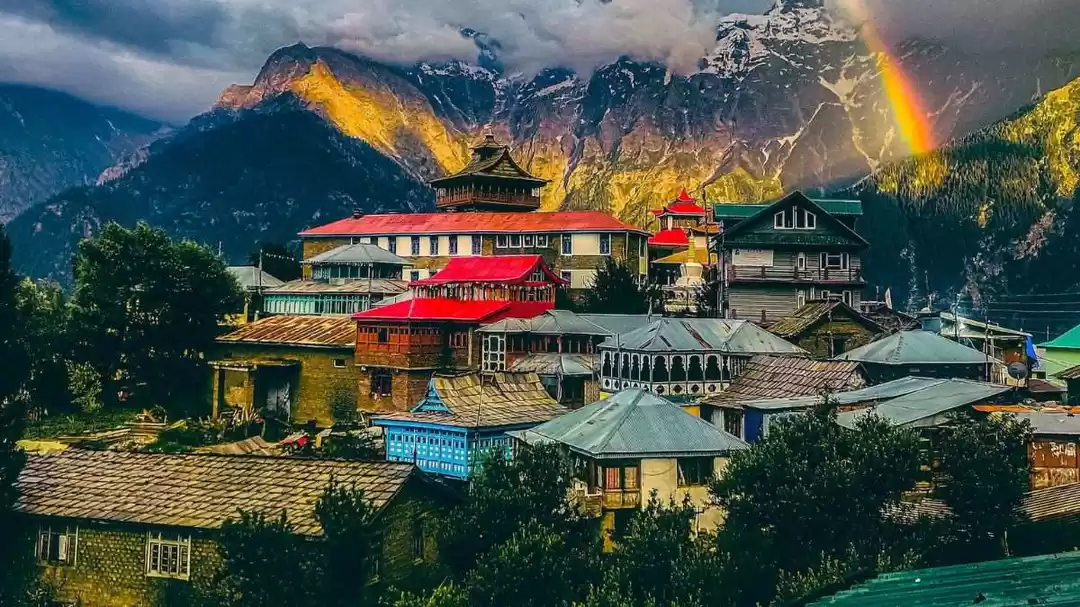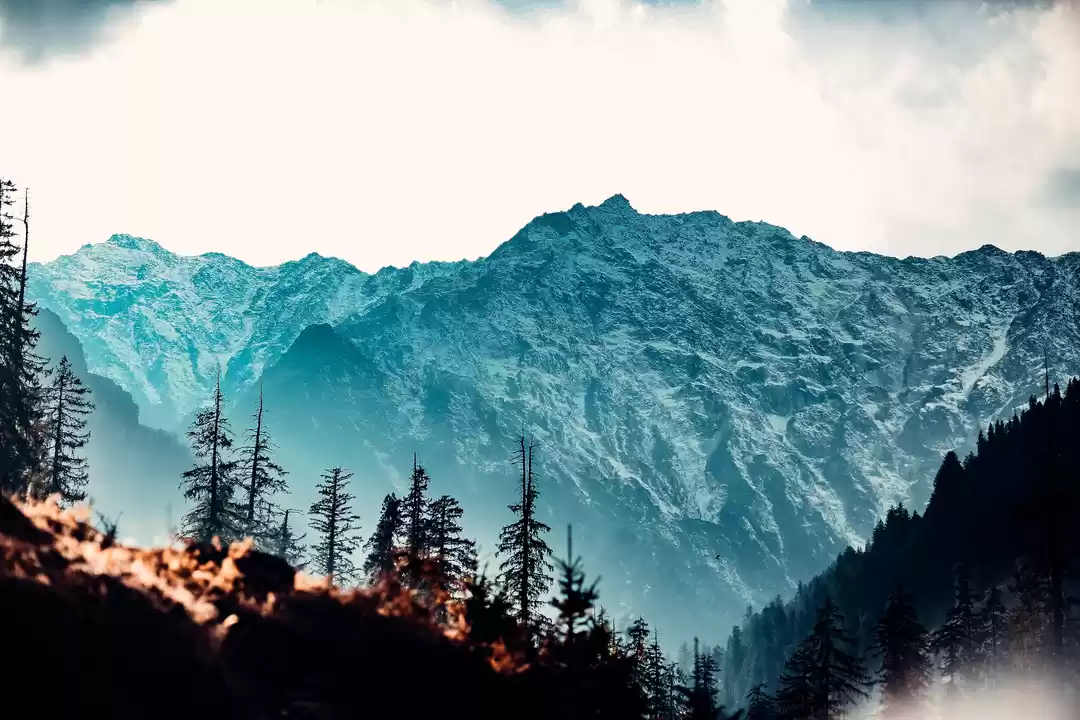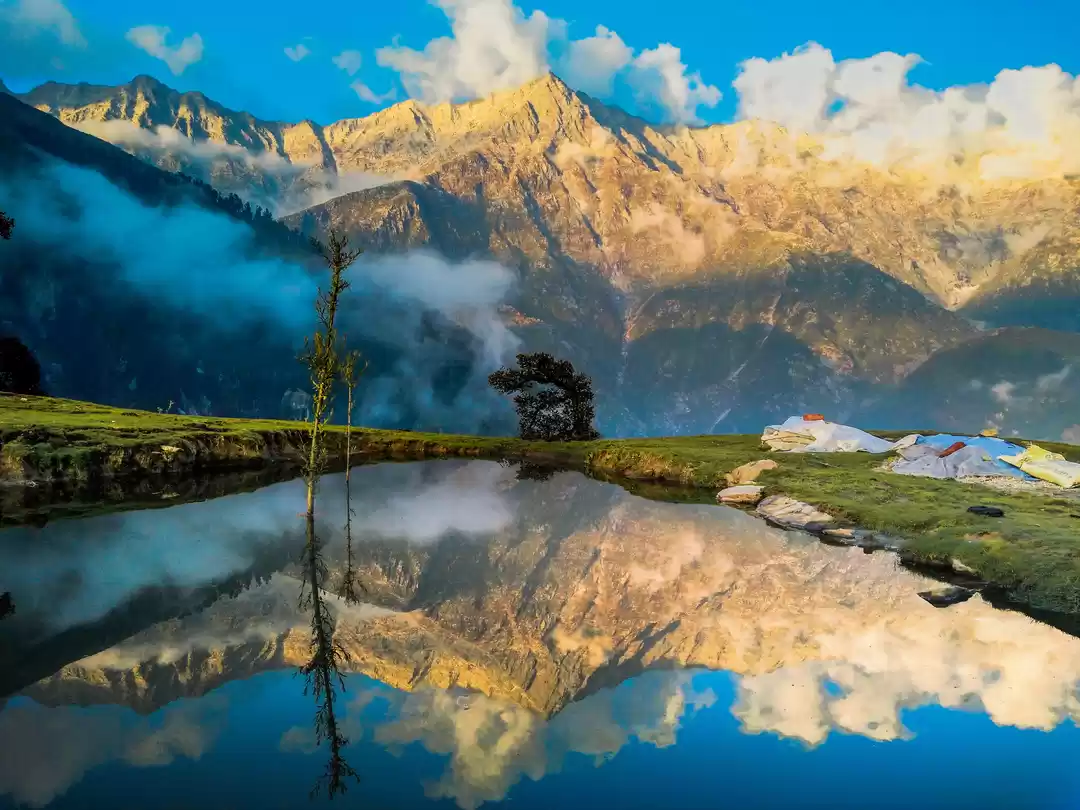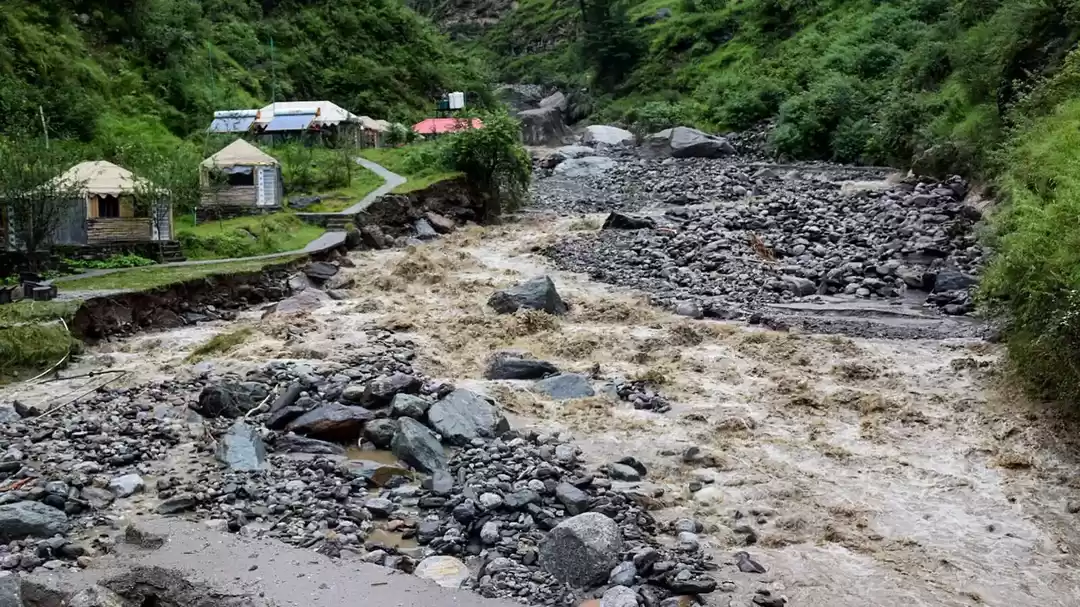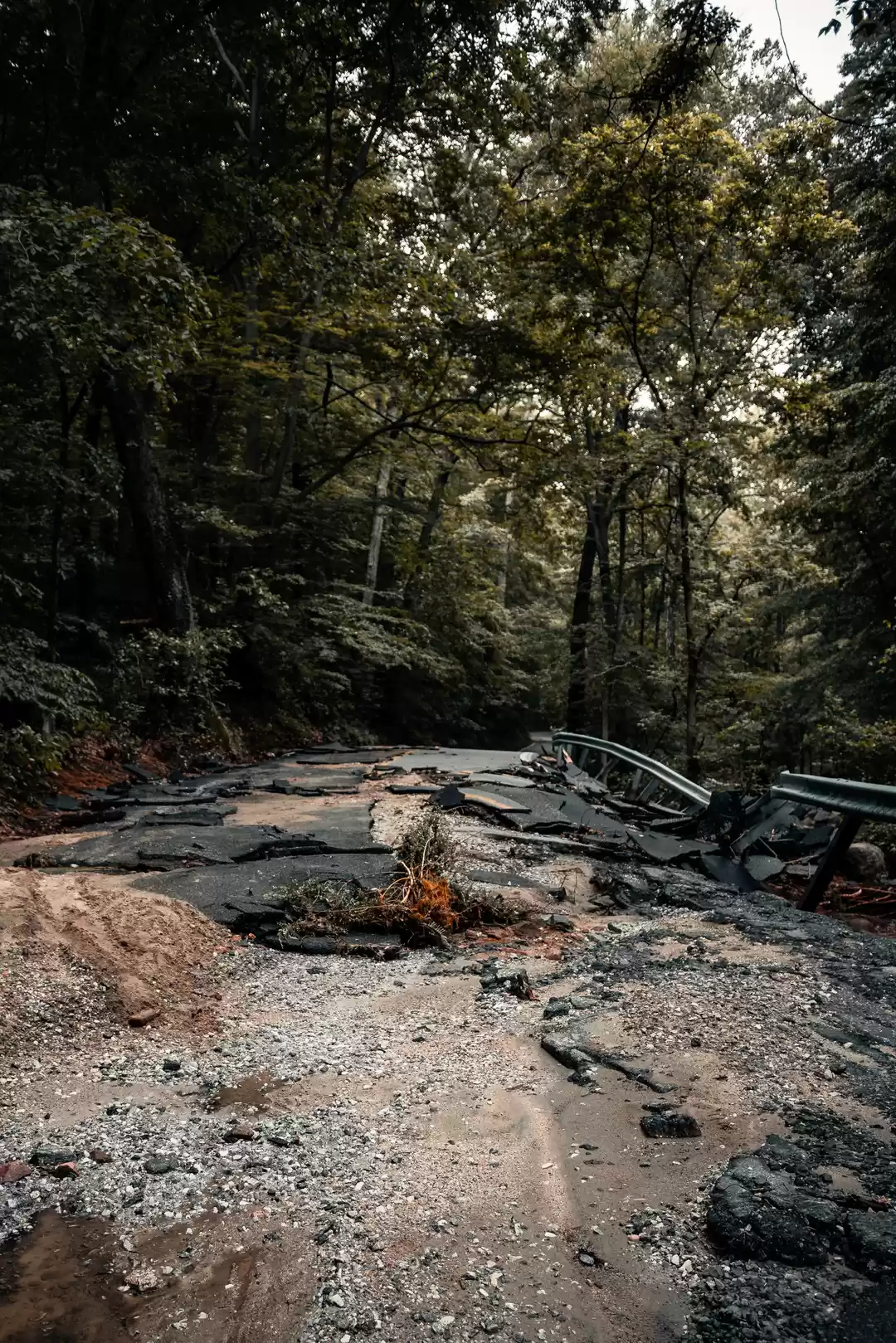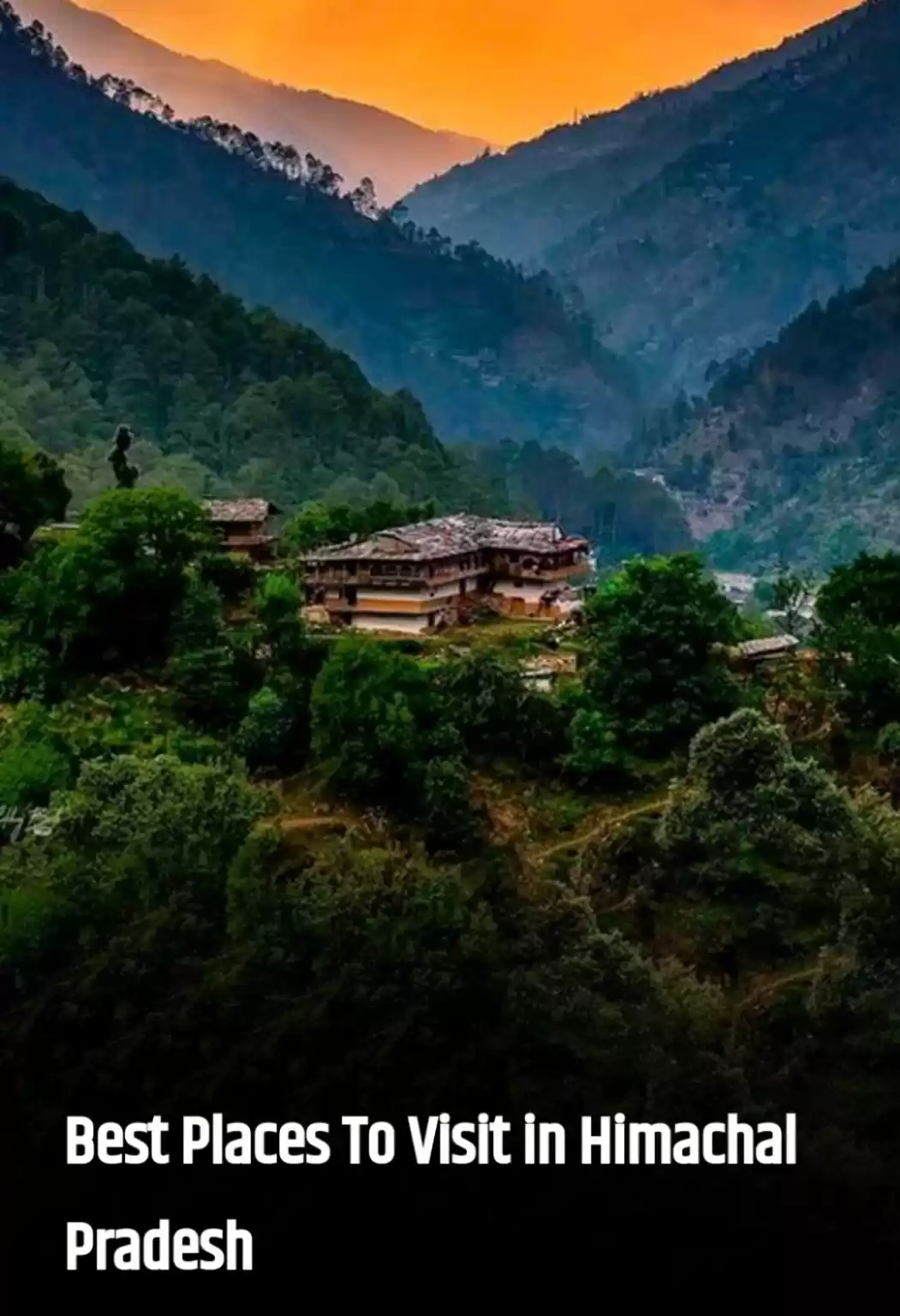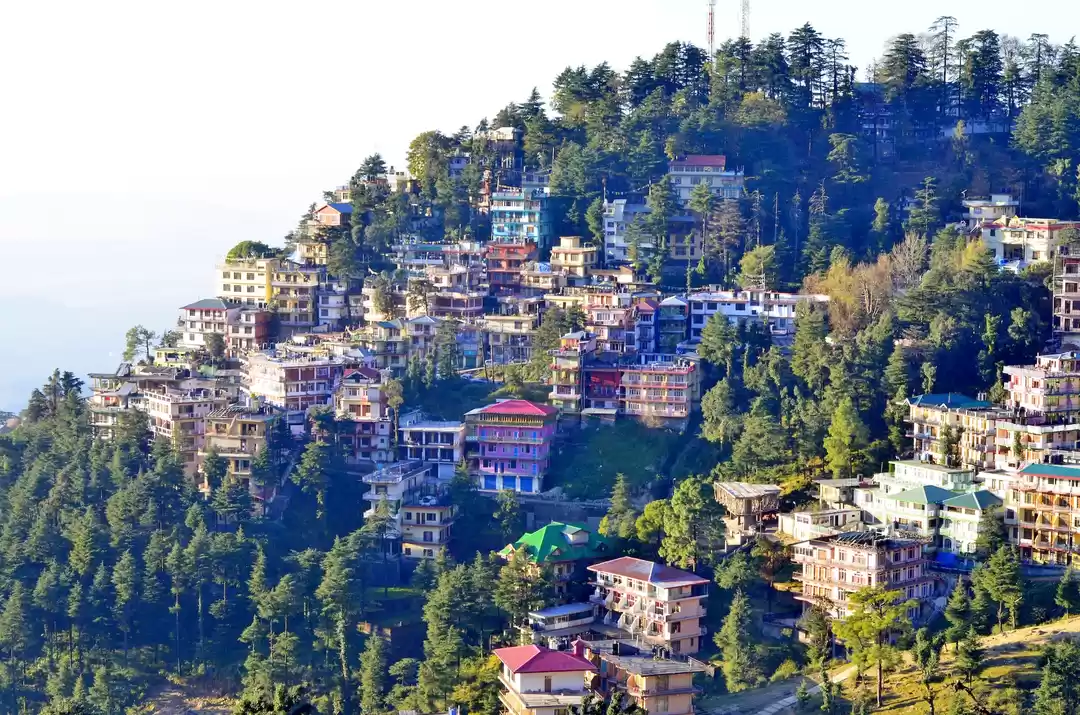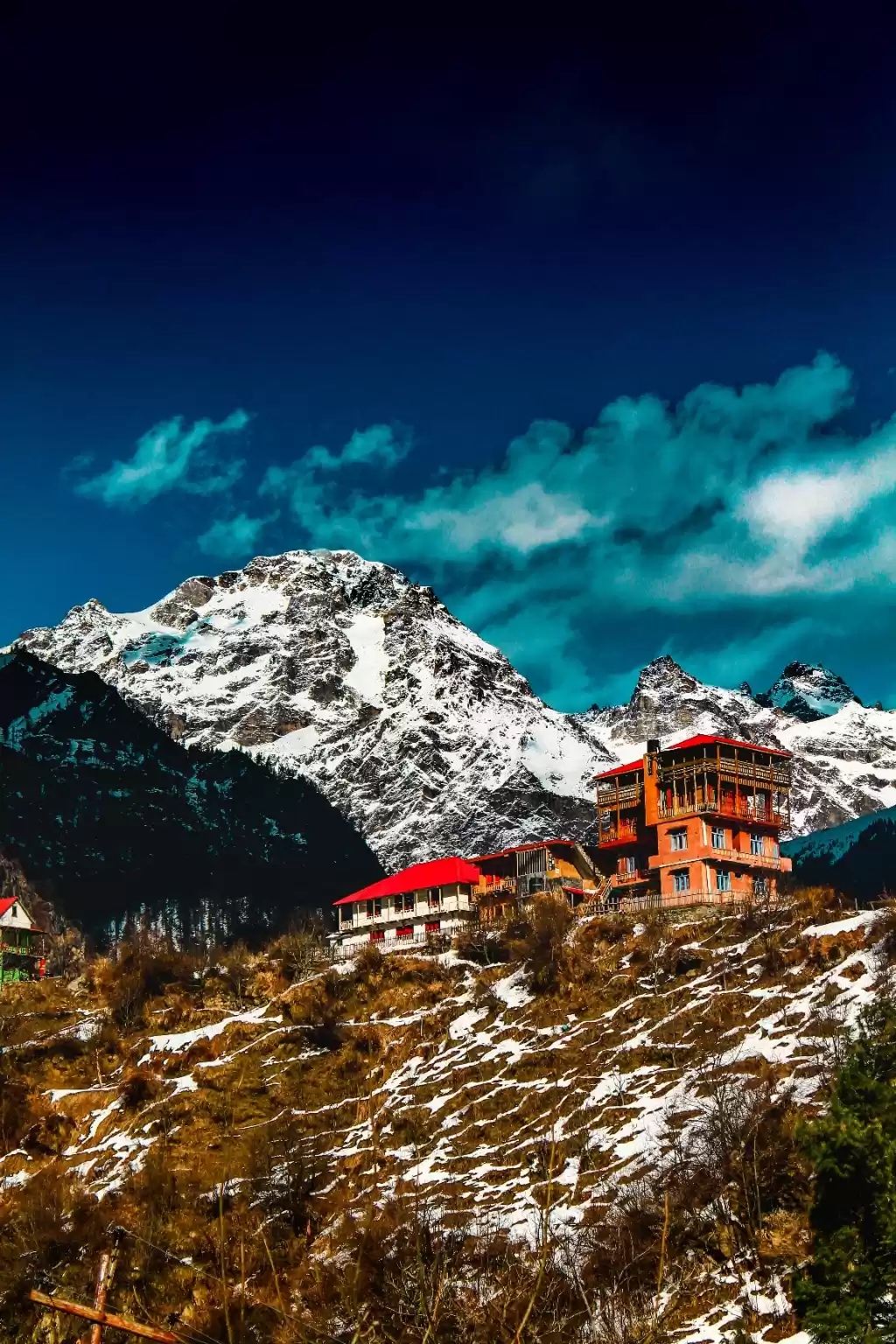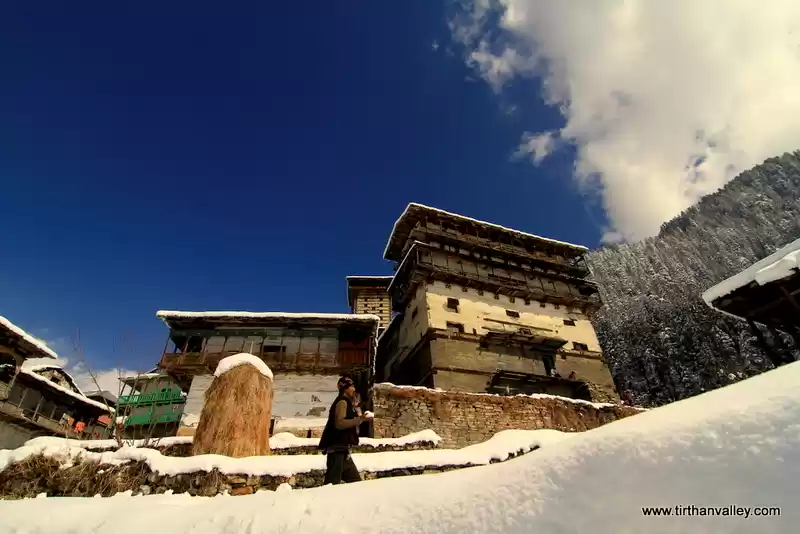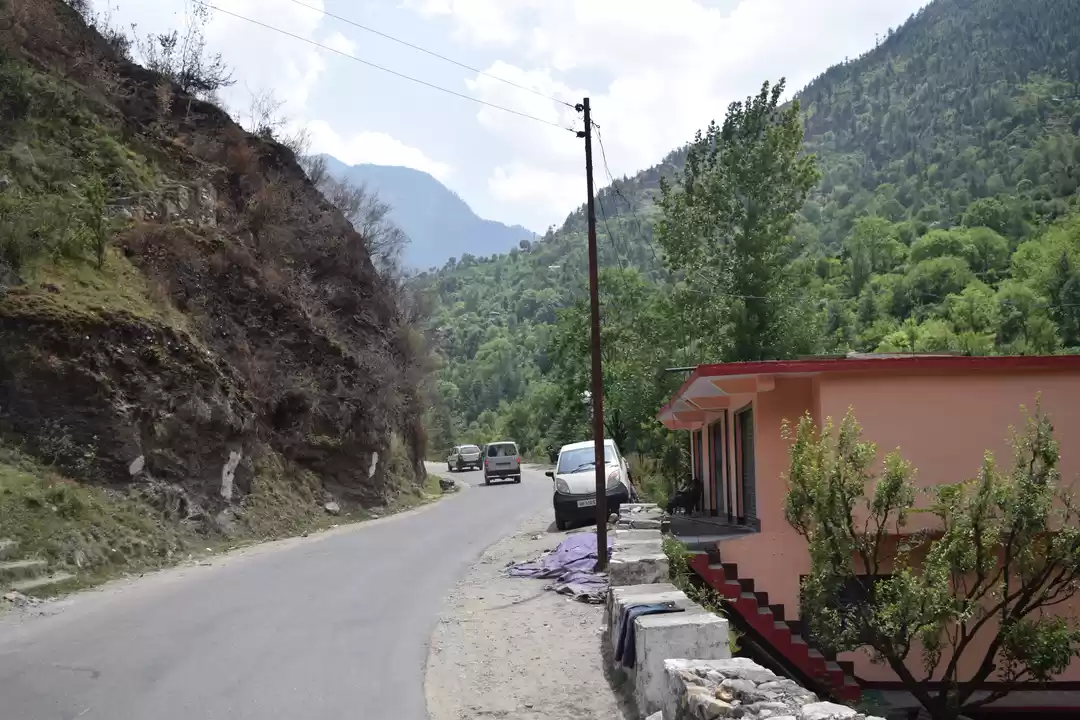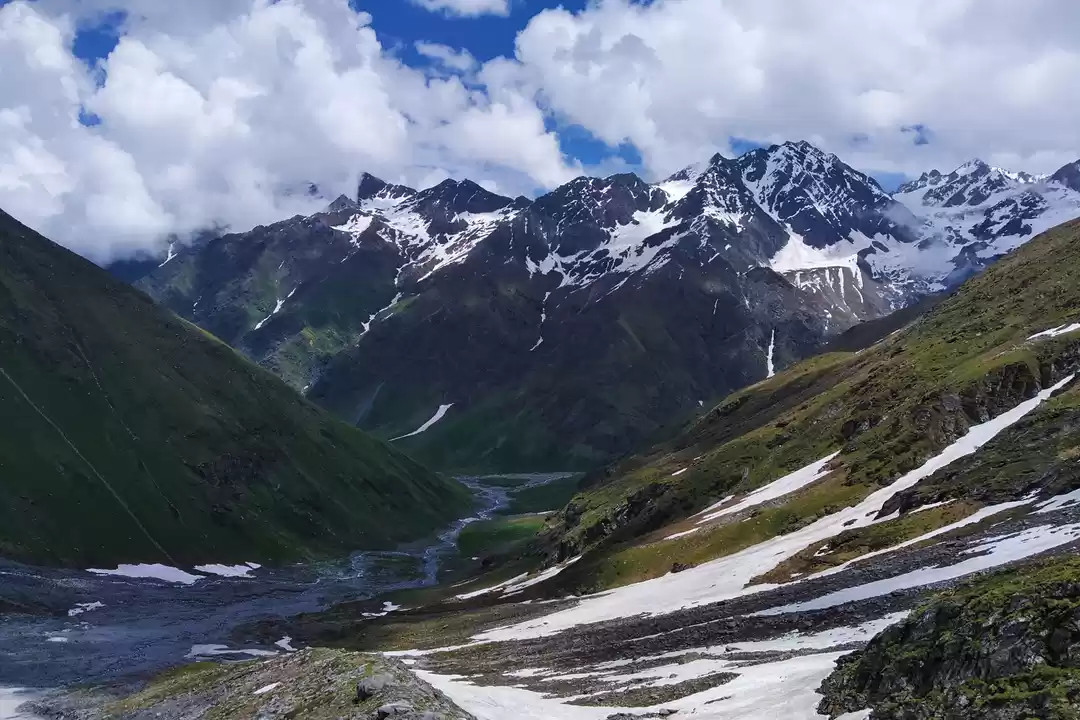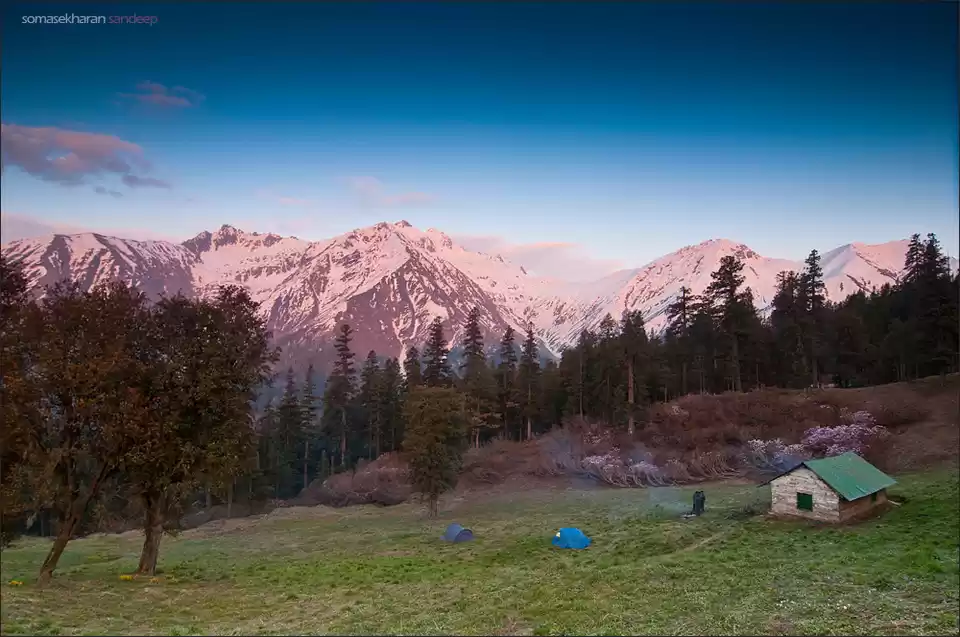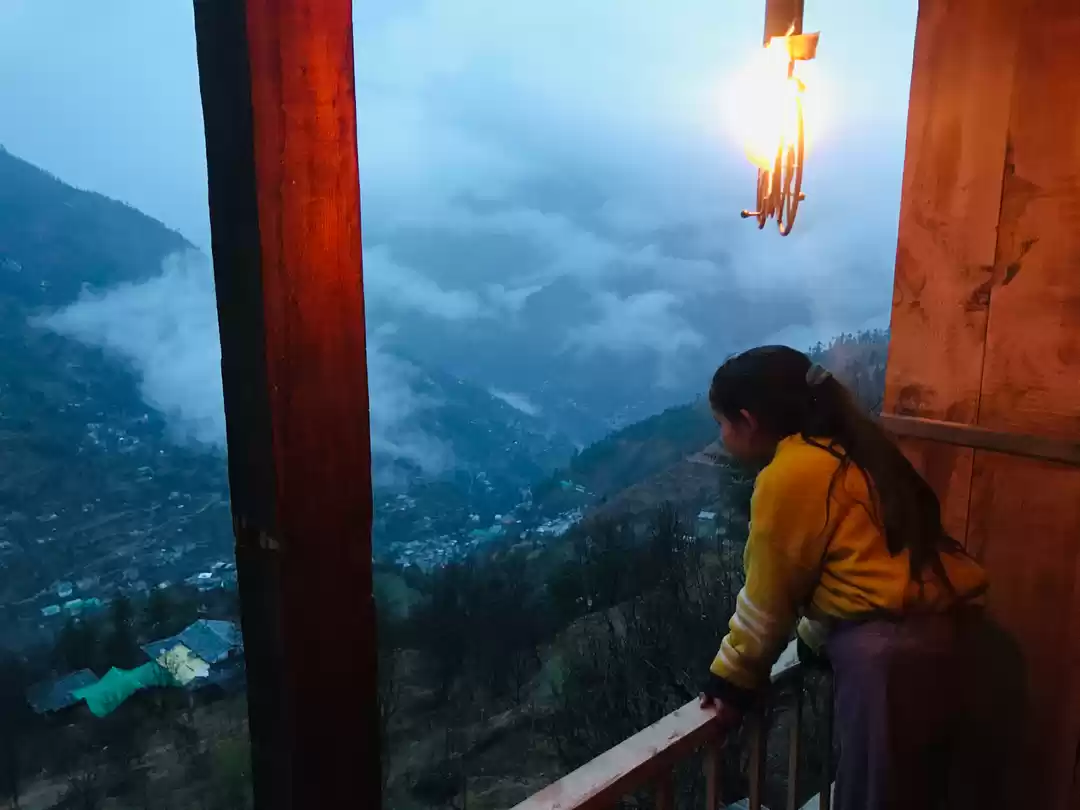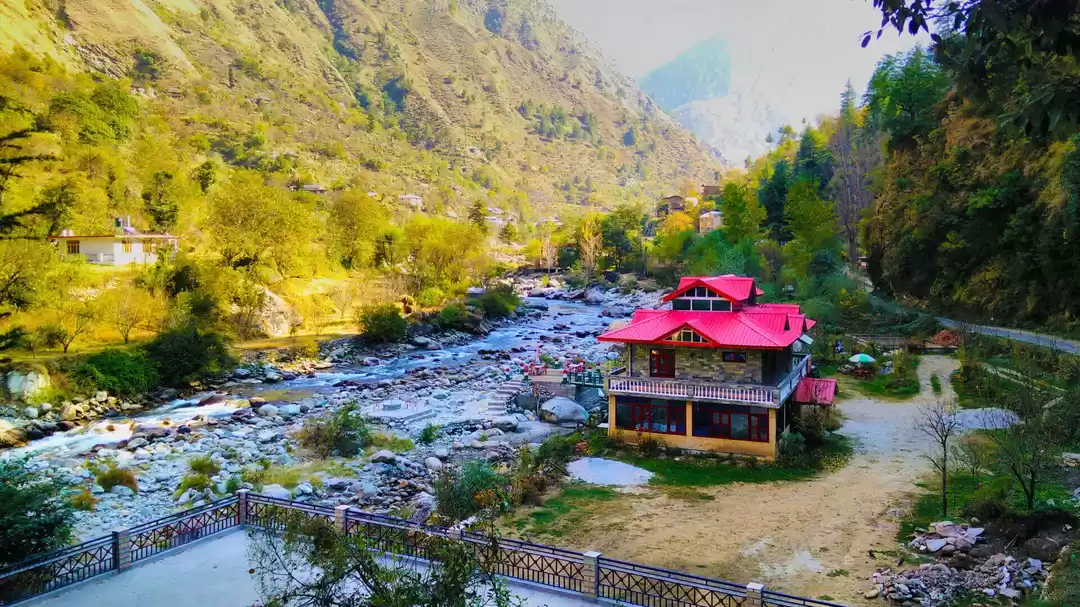

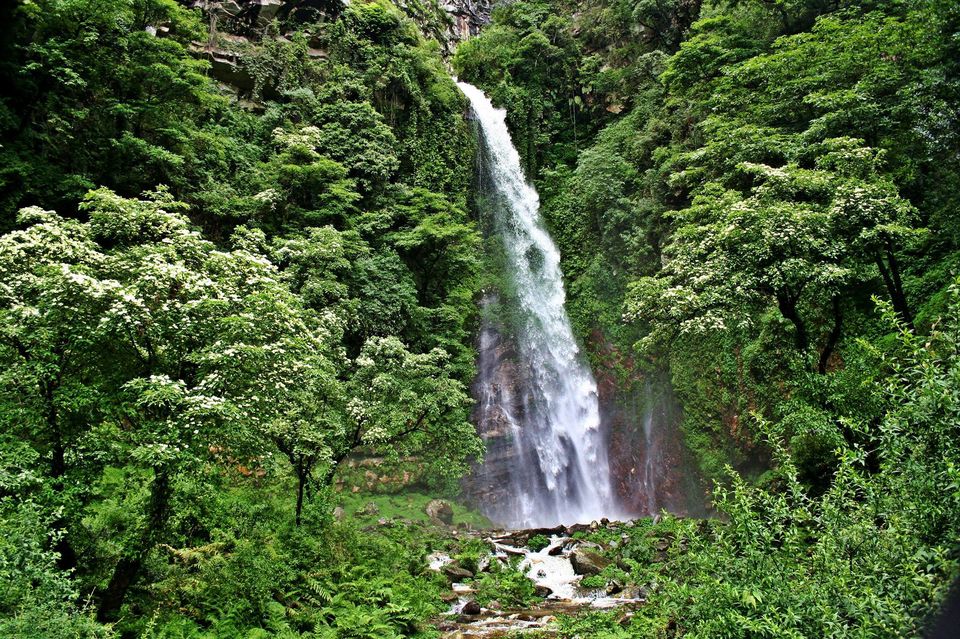








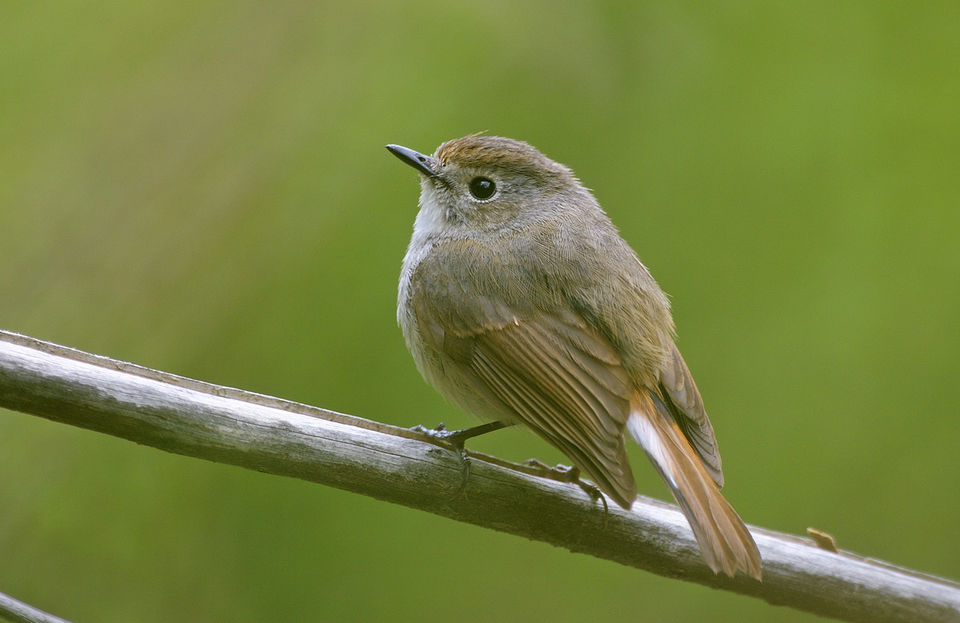
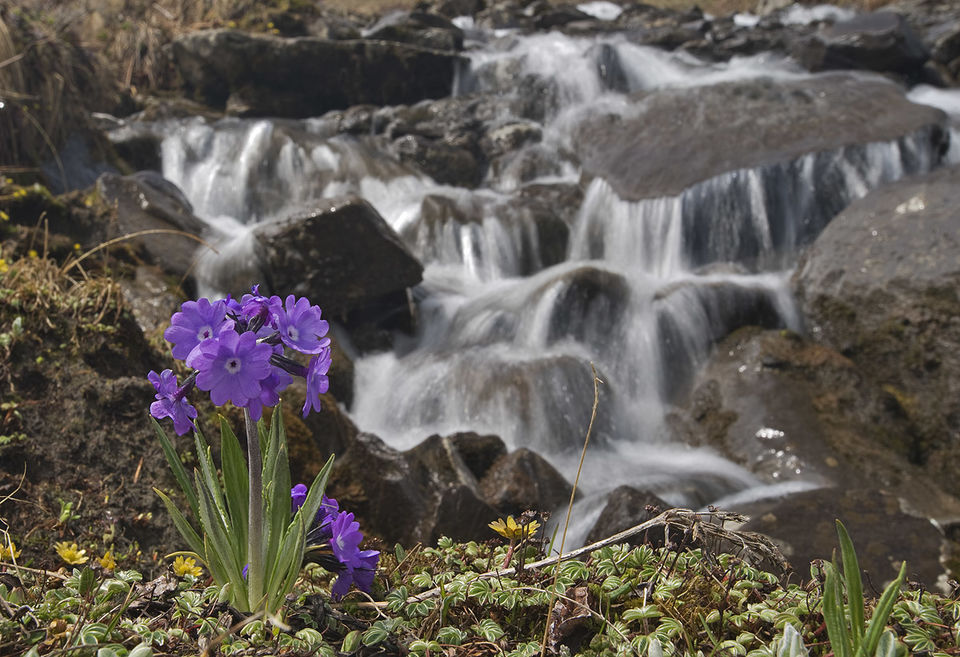









One of the best way to explore the Tirthan Valley , the doorway to the UNESCO world Heritage site of Great Himalayan National Park is to experience it through the eyes of the local . One can do a Tirthan Valley home stay , a popular mode of accommodation in this beautiful valley. As somebody said - There is no place like home. We all aspire to have a home in the hills, along a beach, in a remote village, a small cottage with a lawn and a kitchen garden to feast on, an open space for our pets to run around. Well, Homestays in Tirthan valley offer that very experience of unwinding in a lovely setting as guests to warm, friendly people, who have opened their traditional as well as modern homes to guests. Scattered in various parts of the Tirthan Valley they are a great introduction to the culture of a region and a great option for an extended budget stay. Experience the best in hospitality with a personalized attention to detail for a great travel experience.

One of the must do things in Tirthan is a trek to the Great Himalayan national Park – A UNESCO world Heritage site. One can just do a daywalk till the gate or hire a professional team of guides, porters and cooks from Mr. Panki Sood ( 9418204666) th most popular tour operator of GHNP. The Tirthan Valley is the gateway to the UNESCO world Heritage Site of the Great Himalayan National park Conservation area. Infact a part of the Tirthan Wildlife sanctuary also is a World Heritage Site. This national park is home to the snow leopard & rare pheasants like the Western Tragopan. However the only way to see the core zone of the park is by foot. It takes 4-5 hours from Goshaini in Tirthan to reach the gates of the park at Kharongcha. The park offer several treks right from Shilt Thatch to Rakhundi peak & sainj Valley on the right side, to Hanskund & nada Thatch if you go straight & to Khorli Poi & Asur Baag on the left hand Side , all a part of the Tirthan Wildlife Sanctuary- a part of the World Heritage Site.

The visit the Waterfall is a must do for all coming to this valley. It’s a half day walk as one takes time to look at the magical scenery , feel the crisp air, hear the chants of the local birds and mosten their skin in the water vapors erupting from this holy waterfall. This beautiful waterfall is definitely the highlight of the trip to Tirthan Valley . Its about 2 hours walk starting from Gaidhar Village and ending up at SaiRopa or at the upper Gaidhar village itself. The magical walk is steep at places though you are rewarded with a hidden jewel. Don’t forget to take your towels as nobody can resist getting into the pure Himalayan mountain water which drops from nearly 140 feet. Please make sure your electronics are left far away as the gushing water spreads in a radius of 40 feet after it’s fall from such heights.

A visit the Jalori Pass ( Ragahvpur Garh / Seolsar Lake is a full day affair from tirtha valley comprising of a drive and a trek by foot. The drive to Jalori pass crossing the busy markets of Banjar, the quaint villages of Jibhi & Ghyagi and the magical views of Shojha is a must do when coming to Tirthan valley. Though only 30 km from Tirthan the drive easily takes around 2 hours as there is a steep incline towards the pass located at 3000 meters. From here you can either venture into the depths of one of the biggest oak jungles towards Sesolasr Lake or trek to the highs of Raghavpur Garh which has views to die for. If one has more time and want to really experience the mountains you can camp at Lambri Top or the Sakiran Top and trek back to Tirthan from there. Thus from jalori one can visit the Raghupur fort which welcomes you with snow-capped peaks. This picturesque site, located at approximately 3,540 m, has an old fort built by the Kulu king. The fort is surrounded by wide trenches with a small pond inside. The walls of the fort are marked by bullet holes from sieges. There is a good camping ground here as well as fantastic views of the Outer Seraj valley. On the opposite side is the Sareulsar lake located at about 3,050m. This lake is tranquil and known for being the seat of local goddess Budhi Nagin. Pilgrims walk around the lake, pouring an unbroken line of ghee. This is good camping ground with small caves to explore. The area is surrounded by dense forests interspersed with meadows of wild flowers. If you have more time then you can use your trekking equipment to go upto Lambri at 3,600 m, Lambhari offers beautiful views of the Himalayan peaks. Additionally, there is an abundance of effective ayurvedic/naturopathic plants growing in the area, including Kauri, Patish, Losar, Talshi, Chunkari, Tangul and Dhupnu and continue the trek upto Sakiran Top. The Skirandhar ridge leading to Lambhari offers beautiful views of the Himalayas at Sakiran. There is a beautiful temple of Rishi Shringiji.

One of the best things to do at Tirthan is a visit the SaiRopa Tourist Centre which will roughly take about 2 Hours from your local homestay. This is meant for people who don’t have time to venture into the Great Himalayan National Park, the Sai Ropa interpretation center for GHNPCA offers a good insight ! One can visit the Souvenir Shop of the local NGO where products from the Women Saving & Credit Groups ( WSCG’s) are displayed. One can also visit the biodiversity trail which is a circular path having many speices of flora found in the corezone of the Great Himalayan National park. One can visit the range office to buy maps & other information booklets available on the GHNP.

One can also visit the Shringa Rishi temple and Chaini Kothi Temple which is a half day hike from Tirthan . It can also be done through drive or a combination of hike and drive but this is a must do for all travelers coming to the Tirthan Valley. The ideal way is to do it by a walk which starts from SaiRopa. However if time is less you can visit the Shringa Rishi temple and the Chaini fort by car as well. In between Banjar and Jibhi, a small walk takes us to Chehni Kothi, a towering 1,500-year old castle built with stone slabs and wooden beams.It was once the fortified residence of Rana Dhadhia, the erstwhile king of Kulu. It used to be 15 storeys high but after the earthquake of 1905 only 10 floors remain. The ground floor has a bigger spread than the upper floors which recede a little with each level to look like a conical temple spire. It may look sturdy but given its age it is quite fragile, especially the balconies. But it sure makes for a spectacle, one that you feel great about discovering. Locals tell us that the Chehni fort even has a 400-metre escape tunnel, which is now closed and a Krishna temple. However, it is the Shringa Rishi temple at Bagi which is most visited for its intricate woodwork and pagoda style. Rishi Shringa is considered the patron deity of the Banjar Valley, which locals say, is his tapa bhoomi. He was the chief priest at the Putreshtiyajna of Raja Dasratha, a ritual for the birth of a son, after which Lord Rama was born. Legend has it that his retreat was so tranquil that sages and hermits from all over made the valley their own. As word spread, people from far away places (Kulu, Manali and Mandi) began to visit the valley. They brought with them their goats and sheep to graze. Slowly, as people realised the valley could offer them all that they needed, they began to settle in the area. The first rulers were the Maraich people, who were reputed to be over three metres in height. Later, the region came under the control of the Thakurs and then under the rule of the king of Kulu.

The Sainj Valley is the other part of the Great Himalayan National Park which is a must visit for its got the hidden treasures of Shangarh Meadows. Shaan Garh – The names says it all. Shangarh is a hidden treasures about 50 kilometers from Tirthan for which one has to travel to Larji, Sainj, Neuli and Ropa. An all weather road takes you to this beautiful treasure from Ropa. The best part about a Himalayan drive is the quaint charm you discover between villages and on this road the villages are small but beautiful.The Shanagrh meadows have been made by none other than the five brothers of Pandavas and legend says that had chosen this site to build a stairway to heaven. The Shangarh meadow is also the gateway to the UNESCO world Heritage Site of Great Himalayan National Park . A trek from here to Lapah gets you to the Shakti Base Camp of GHNP.

For those interested in hiking Tirthan offers the climb and camp at the Dev Kanda Ridge especially if it’s a Moonlight overnight. : One has to trek for 4 hours strenuous uphill beyond Nadar to the dominating ridge in the valley. Spectacular views and enchanting full moon overnight. The descent downhill the next day though faster is not much easier than the climb. Highly recommended for those so inclined.

Sarchi Village is a beautiful jewel in the entire Tirthan Valley . One can drive up this newly opened road ( in 2014) will lead you to the magical village of Sarchi. From here you get a birds eye view of the entire Tirthan valley and the UNESCO World Heritage Site of Great Himalayan National Park . One can spend time in the local shrines paying homage to the village God. The mountain road snakes up from the bridge before Goshaini amidst flowering rhododendrons nestled in between towering pine, oaks and deodars.

For people who have planned a long term visit can contact the locals NGO’s which are very active in the area for help .Volunteer for helping local NGO’s is one of the most productive ways to spend a holiday in Tirthan.The Tirthan valley is one of the most beautiful virgin valleys of Himachal & an upcoming tourist destination by the side of the amazing Tirthan river. Treks, bird watching , waterfalls, and a host of other adventure activities await you when you would have free time ! One can volunteer with local NGO’s such as BTCA or the Kullu Project in uplifting the area through capacity building of locals. The present work offers a combination of setting up a community owned campsite along with preparing the website for the same and our tours in general. Thus we are looking for volunteers who would divide their time between working for the cooperatives online marketing organizing text , pictures etc as well as spending the rest of the time helping with some basic construction work of our eco campsite.



















